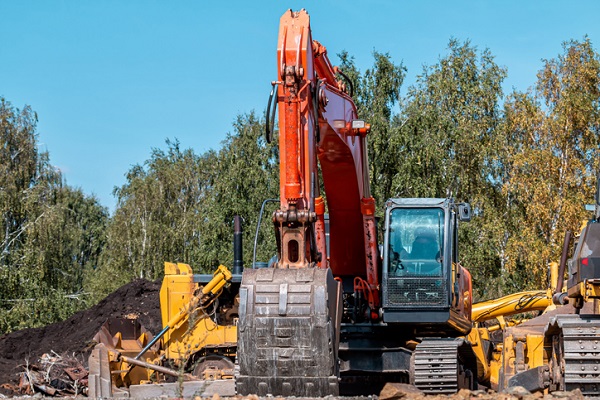Digital insights to improve building quality

Boosting industry capability to implement the NSW Government’s building reforms has required targeted research to understand the current state of digital use among designers and contractors.
This research, conducted by Western Sydney University under the direction of the Office of Building Commissioner, surveyed 542 NSW class 2 (multi-unit) building sector professionals.
It has confirmed that while increased digitalisation in design was improving quality and standards, the cost of software and licenses was a barrier for smaller businesses.
The survey found 57% of builders and 48% of designers are still in a basic stage of digitalisation, dealing largely in PDF document formats.
NSW Building Commissioner, David Chandler OAM, says the new research would help both policymakers and the industry itself understand the current spread of digital capabilities in construction: “We now have data on the industry’s current state of digital maturity which provides us with a baseline to work from.
“Regulators need to take industry capability into account when putting in place laws and standards, and understand that the construction industry is driven by small businesses.
“We want NSW’s industry to be at the forefront of innovation and able to use every possible lever to increase its productivity. Digital technology can unlock many opportunities from helping to eliminate errors and deliver complex projects within budget and time, to supporting better communication between clients and contractors.”
Association of Consulting Architects, Australia vice president, Agi Sterling says most small practices simply could not afford the expense of constantly retraining staff on top of the cost of purchasing software for $10,000 to $20,000.
“Software vendors need to be conscious of the capacity of small design and construction companies to be able to pay upfront license costs and provide the wrap-around services to support staff so that businesses are able to realise the benefits,” Agi says.
Office of the Building Commissioner Program Manager, Yolande Nyss, supported this concern highlighting that the research confirmed the class 2 design and building industry is predominantly made up of small businesses.
“Moving towards a digitalised marketplace we need to appreciate that 80% of the industry are small businesses with less than 20 employees and so we need to be conscious of the practical challenges that they face,” Yolande says.
Dean of Engineering at Western Sydney University, Professor Mike Kagioglou, said the study would assist industry to develop its digital capability: “It is always a pleasure when collaboration between academia, industry and government results in high-impact, high-quality research. This influential study has great potential for positive changes in practice.
“I very much look forward to this research realising its full potential through continued close collaboration between all parties.”
The Industry Report on Digitalisation of Design and Construction of Class 2 Buildings in New South Wales was completed by the University of Western Sydney’s Centre for Smart Modern Construction. To view the report, see: https://www.nsw.gov.au/building-commissioner/how-digital-ready-construction-industry
